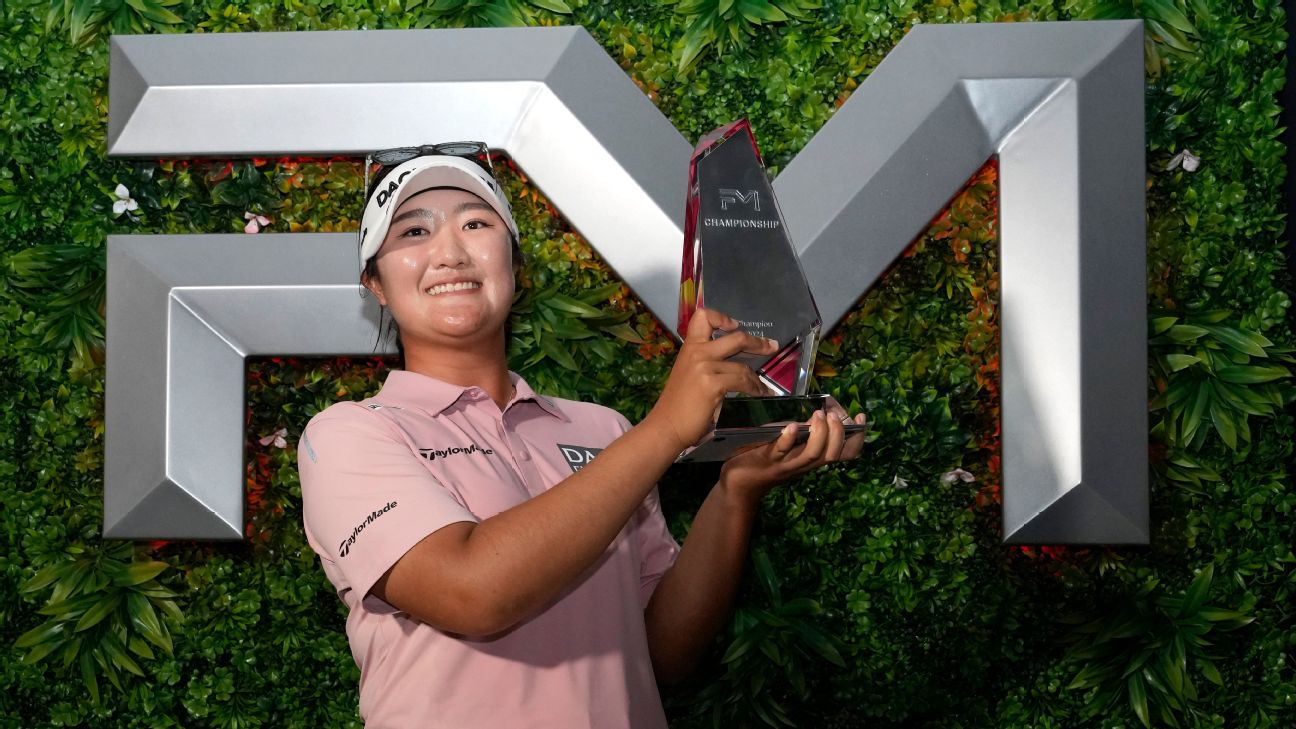Ilona Maher: Embracing Body Positivity and Challenging Body Norms at the Paris Olympics
A Role Model for Body Acceptance and Athletic Achievement
Ilona Maher, a 27-year-old rugby player, has emerged as a beacon of body positivity at the Paris Olympics. Her compelling social media presence has sparked a conversation about the diverse range of body types in sports and the importance of embracing all shapes and sizes.
Maher’s rise to the Olympic podium is a testament to her talent and determination, but it also represents a significant shift in how the world views female athletes. Her muscular physique, which has drawn comparisons to NFL star Derrick Henry, and her candid advocacy for body positivity have challenged traditional notions of what a female athlete should look like.
Advocating for Inclusivity in Sports
Through her social media platforms, Maher consistently promotes body acceptance and inclusivity. She emphasizes that all body types are capable of greatness, regardless of sport or discipline. Her message has resonated with individuals of all shapes and sizes, inspiring them to embrace their uniqueness and pursue their athletic dreams.
Maher’s advocacy for body positivity extends beyond her own experience. She actively supports organizations that promote diversity in sports, such as the National Eating Disorders Association (NEDA) and the Body Positive Movement.
Challenging Misconceptions about Athleticism
One of the biggest misconceptions Maher has addressed is the association between weight and athleticism. Many individuals have questioned her weight and body mass index (BMI), but Maher has confidently responded with facts and scientific evidence. She has explained that as a world-class athlete with access to professional nutritionists and medical experts, BMI is not a reliable indicator of her overall health or athletic ability.
Maher’s 15% body fat percentage, which is well below the healthy range for women, demonstrates that muscle mass does not equate to being overweight. She has rightfully pointed out that focusing solely on weight can be misleading and harmful, especially for athletes.
Diversity in Body Types at the Olympics
The Paris Olympics provide a unique opportunity to celebrate the incredible diversity of body types in sports. From gymnasts to rugby players, weightlifters to swimmers, the Games showcase athletes of all shapes and sizes. This diversity underscores the fact that athleticism comes in many forms and that there is no single “ideal” body type for an athlete.
Maher’s presence at the Olympics is a reminder that women can be strong, muscular, and athletic without conforming to societal expectations of femininity. Her success challenges the narrow beauty standards that often dominate the media and empowers women to embrace their own unique bodies.
Changing Perceptions of Healthy Bodies
Events like the Olympics play a crucial role in changing perceptions of what a healthy body looks like. By showcasing athletes with a wide range of body types, the Games demonstrate that health and fitness are not confined to a specific size or shape.
Maher’s story is particularly impactful because it highlights the importance of body acceptance and inclusivity, not just in sports, but in society as a whole. Her message of embracing all body types is a powerful reminder that everyone deserves to feel confident and valued, regardless of their shape or size.
As Ilona Maher continues to inspire and empower others, her legacy will undoubtedly extend beyond the Olympic podium. She is a true role model for body positivity, challenging outdated norms and promoting a more inclusive vision of athleticism and human beauty.



